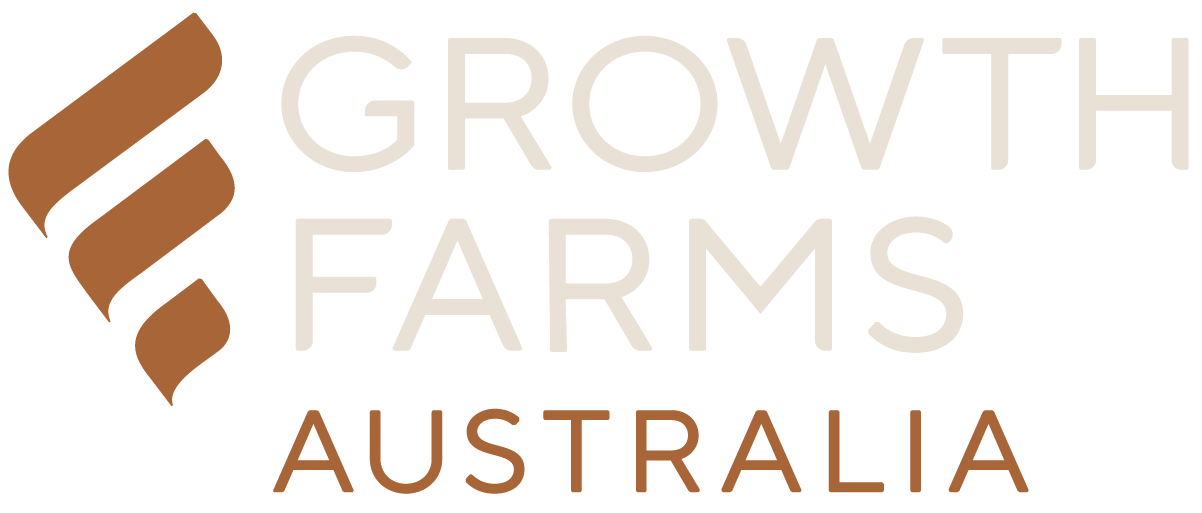Growth Farms to wind up Australian Agricultural Lease Fund four years early – Agri Investor exclusive
Investors voted to wind up the fund due to the rise in farmland values since its launch, which have compressed rental yields and offer a chance to secure strong exit prices now.
By Daniel Kemp, Agri Investor
Asset manager Growth Farms is to wind up its Australian Agricultural Lease Fund four years early to take advantage of high farmland asset values.
The fund is an eight-year closed-end lease trust that closed in 2019 on an undisclosed amount. It had an upper fundraising limit of A$100 million ($63 million; €60 million) and is known to have secured a cornerstone commitment of at least A$10 million from wealth advisory business Providence Wealth. It targeted a return of 10 percent net of fees and is understood to be on track to deliver a return of 12-14 percent.
Growth Farms’ strategy for the AALF was to acquire a diversified portfolio of farms that would then be leased to tenants to operate, targeting a gross annual lease yield of 4.5 percent. It invested in seven cropping, livestock and mixed farming assets across New South Wales, Victoria and Tasmania.
The fund was structured so most of the initial leases had a term of three years, with options to keep rolling the leases over annually after that. Investors in the AALF have now voted unanimously to wind up the fund four years before the end of its life and divest its assets on the recommendation of Growth Farms itself, due to the rise in land values since the fund closed.
Growth Farms senior portfolio manager David Sackett told Agri Investor the fund had achieved its aim of building a diversified portfolio of farms that would produce returns for investors, but that investors’ best interests would be served by selling the portfolio now rather than waiting until the end of the fund’s life in four years.
“We aimed to set up a fund that would give a range of investors exposure to agriculture while de-risking it by leasing the farms to third parties, giving a passive exposure,” Sackett said. “And we wanted to build a diverse portfolio, by both sector and geography.
“The idea was not to go out and buy one big farm, partly to give us more diversity but also because you tend to get a higher lease rate if you buy medium-sized farms. We went out and did that. Our target gross lease rate was 4.5 percent, and we had a gross lease rate across the portfolio of 4.4 percent, so we got very close to that.”
Since then, though, farmland asset values have continued to grow at very strong rates. This meant that while the fund’s gross lease rate compared to the original purchase price of the assets is now 5.5 percent, if you take the assets’ current market value, that gross rate drops to around 3 percent. “We’ve had around 20 percent per year increases in land values over the last three years, but farm profitability hasn’t kept up with that,” Sackett said. “That means farmers can’t afford to pay 4.5 percent rent. As a consequence, we’re effectively seeing yield compression – down to more like 3 percent gross on current values.
“So we went back to our investors and said we were unlikely to continue to get the same 4.5 percent gross lease rate on the current market – but we also don’t think we’re going to continue seeing very strong increases in capital growth over the next three or four years, over the second half of the fund’s life. That’s because land values are driven by a combination of interest rates and farm profits, and we think values are likely to be a bit flatter, or see smaller increases for the next few years.”
‘Orderly’ sale process
Sackett said assets have been offered back to lessees initially but emphasized that the portfolio will be wound up in an “orderly manner”over the next six to 12 months. “We’ve got plenty of time – investors are patient and the brief to us is to wind it up in the most sensible way that gives them a return. We’re not dumping them on the market – we’re selling them in a rational, orderly way to realize the best price.”
As to whether the decision to wind up the AALF calls into question other buy-and-lease strategies in the farmland asset management sector and their ability to achieve targeted rental yields, Sackett said it would depend on a given fund’s timeframe.
“If you’re investing for the next 50 years, or even over the medium term, it will be fine. But I would not like to go into the current market and try and get a 4.5 percent gross lease yield. With a longer-term view you’re less worried about capital growth over the next few years – you’ve got an opportunity to deploy as the pressure has come out of the market in terms of competition, as long as you’re willing to accept a slightly lower yield. But if you’re looking at a five-year or eight-year fund that relies on the rising tide of capital value to lift all boats, it’s high risk at the moment." On Growth Farms’ plans for a future fundraise, Sackett said the firm was considering its options but that the fund structure would be different to he AALF and likely more akin to how it runs its other investment mandates.
“We think a broad exposure to agriculture in these sorts of passive structures will struggle to deliver over the next three to five years and we just don’t think the same model will work in the current environment."
“It would need to be more actively operated – the market has changed from four years ago. That does not mean there are not good opportunities in the sector – there are plenty – it just requires a different strategy in the current market.”

